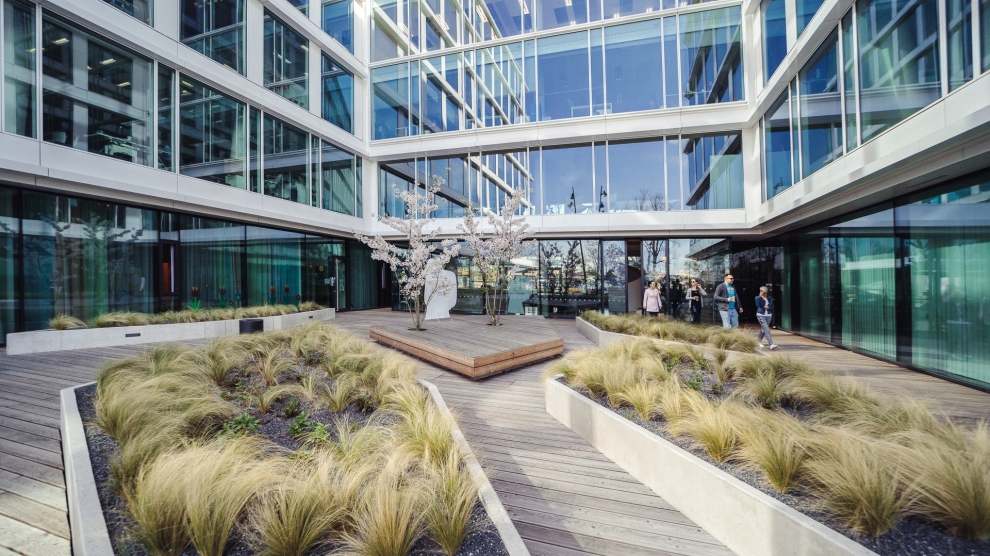Prague will be the site of the first climate neutral office building in the emerging Europe region, after Swedish developer Skansa announced plans to begin construction of the building by 2023.
The building will be located on Radlická Street in Prague’s fifth district, and while the project is currently still being designed, it is estimated that it will offer 30,000 square metres of leasable space.
“As a city builder, we are fully aware that what we do is there to stay for a long time. We are accountable to future generations and sustainability is just how we want to do business,” explains Katarzyna Zawodna-Bijoch, CEO and president at Skanska’s commercial development business in Central and Eastern Europe. “Our ultimate goal is to build only climate-neutral buildings. In order to achieve this ambition, we need to look constantly for climate-smart solutions and – as we will not do it ourselves – involve the supply chain in reducing the climate impact. I believe having the right partners and a constant search for innovations are crucial to building a more sustainable future.”
Currently, building and construction accounts for 39 per cent of all carbon emissions, with operational emissions such as the energy used to heat, cool and light buildings accounting for 28 per cent, and 11 per cent from the construction process, including construction materials.
It’s these kinds of figures that make a carbon neutral building a significant feat, and one that should gain increased traction across the construction industry in coming years.
In Prague, the developers are aiming to achieve a climate neutral structure by using wood as the primary construction material, which will massively reduce the building’s carbon footprint. Wood is one of the most sustainable building materials available due to the carbon-absorbing properties of trees. However, the older a tree gets the slower it grows, and converts less and less CO2. Eventually, the decaying process releases CO2 back into the air, making the harvesting of wood before it reaches this stage the most sustainable option.
Of course, the unethical harvesting of timber from the world’s forests actively contributes to the climate crisis, but for Skansa, a controlled and sustainable source means the building can be truly carbon neutral.
“To achieve our goal of a climate neutral building, besides other highly efficient and sustainable solutions, we are going to replace structural elements from concrete to timber,” says Alexandra Tomášková, executive vice president operations Hungary and Czechia at Skanska Commercial Development Europe. “Wood not only stores CO2, it can also be re-used when the life-cycle of the building is over. The use of wood is part of an ongoing natural life-cycle.”
“This is when we can step in and involve the whole supply chain to join our mission of building for a better society by reducing the greenhouse gas emissions. n this way, we save CO2 both directly and indirectly, because the easy prefabrication and lightness of timber allows more components to be loaded on one truck. At the same time all the wood used will come from controlled and sustainable sources,” adds Tomášková.
Wood is also positive from the design side of the project, as Jakub Cigler from Jakub Cigler Architekti explains.
“Wood is the answer to many of our criteria,” he says. “It is energy-efficient, allows prefabrication, recycling and it is light but load-bearing. In addition to all of these benefits, it also creates a very pleasant environment and has a positive effect on all of our senses. The building is going to be great to work in.”
Skansa recently pledged to achieve 50 per cent climate neutrality by 2030, and net zero emissions by 2045. Sustainable construction is also set to play a big part in meeting the European Union’s 2050 climate and energy goals.
—
Unlike many news and information platforms, Emerging Europe is free to read, and always will be. There is no paywall here. We are independent, not affiliated with nor representing any political party or business organisation. We want the very best for emerging Europe, nothing more, nothing less. Your support will help us continue to spread the word about this amazing region.
You can contribute here. Thank you.





Add Comment